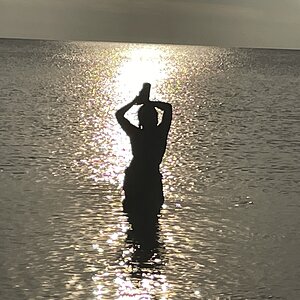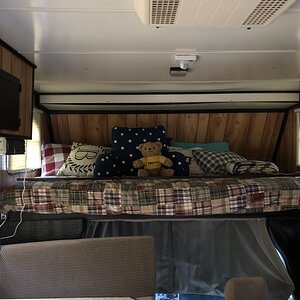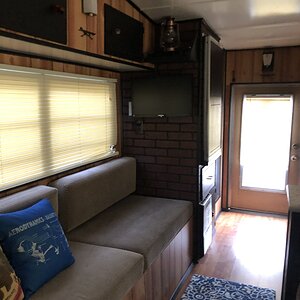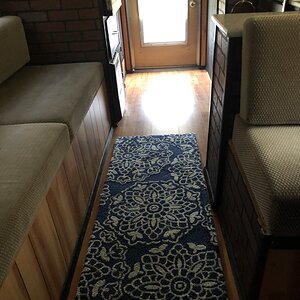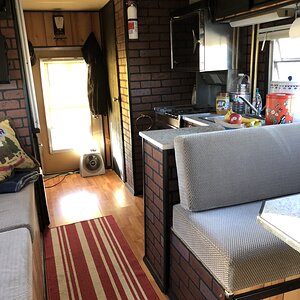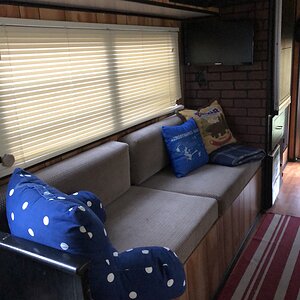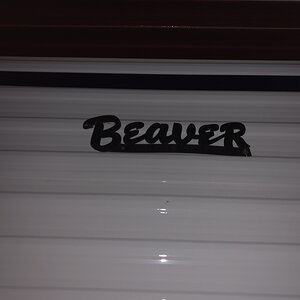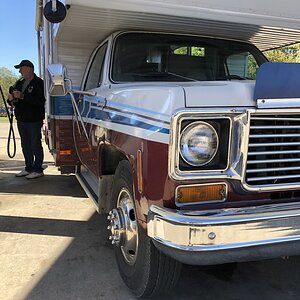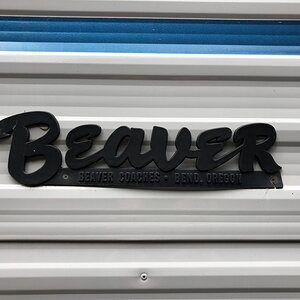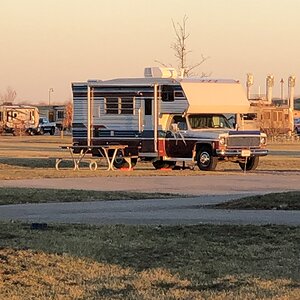sheridany
RVF Supporter
- Joined
- Nov 14, 2019
- Messages
- 2,245
- Location
- Orinda, CA
- RV Year
- 2023
- RV Make
- Prevost
- RV Model
- Marathon #1361
- RV Length
- 45
- Chassis
- Prevost
- Engine
- Volvo D13
- TOW/TOAD
- 2023 Jeep Grand Cherokee
- Fulltimer
- No
I guess it comes down to comfort with the safe handling of these coaches when the front tire blows. I have not had the experience yet (knock on wood), but from what I read and I think maybe @redbaron had described in a post long ago as a very abrupt lane departure in his situation. I wonder what the happens when the tire blows with the rettrobands installed, is it still an abrupt event possibly losing control of the coach in that split second, or is it something less severe that allows you to control the coach and get off the road safely. The cost benefit might be worth it if it means I can protect myself and others around me.

